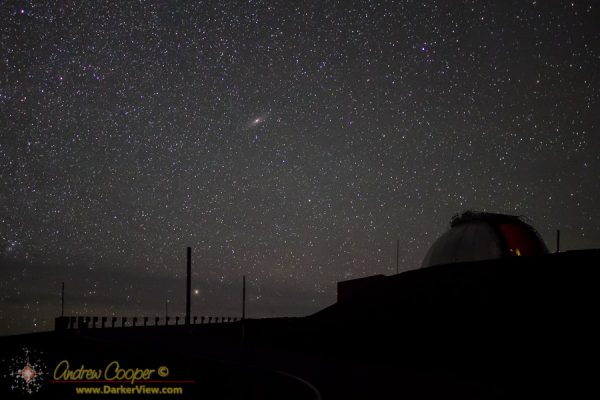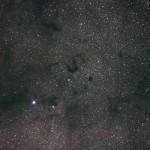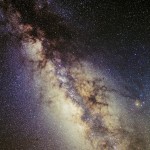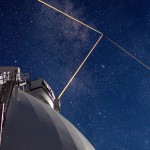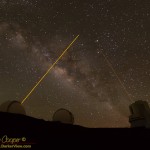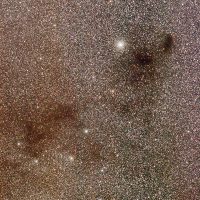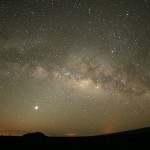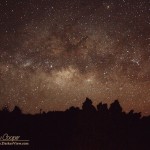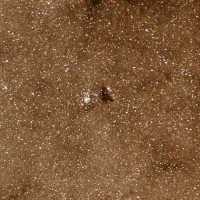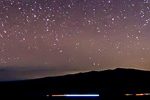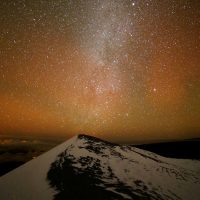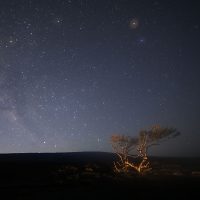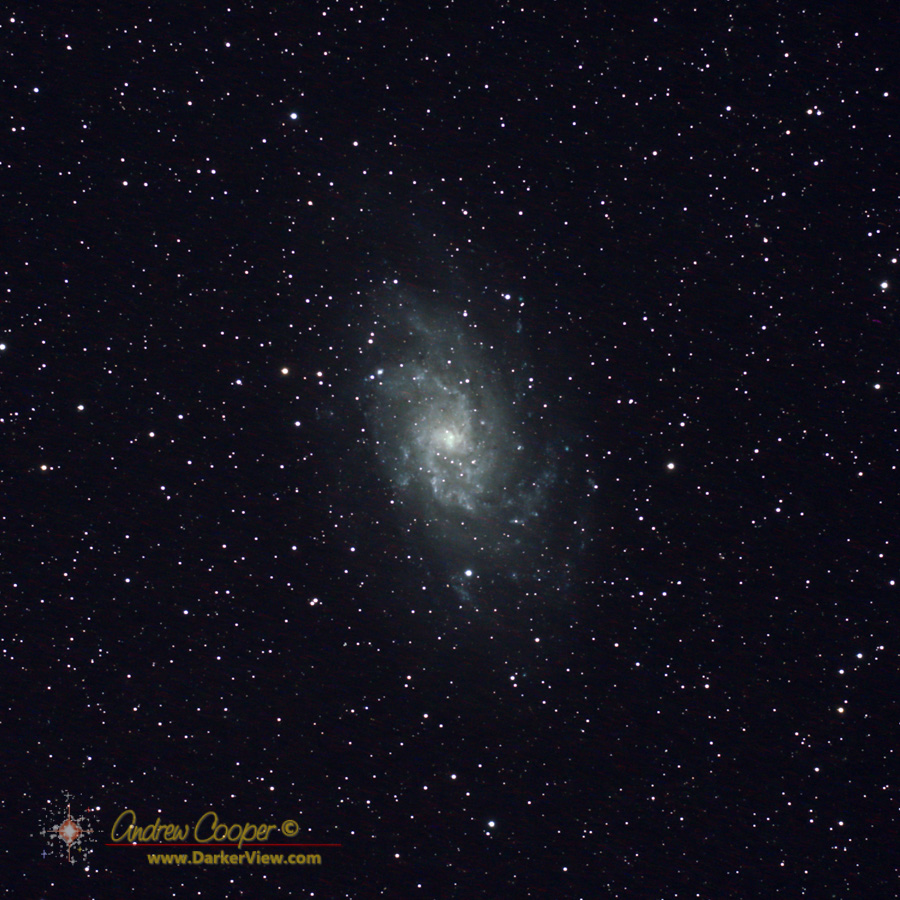
Tag: galaxy
Another Night, Another Supernova
Supernova 2020jfo in M61 is not the only supernova occurring at the moment. Actually there are over sixty supernova in progress at the moment that we know of. The modern transient search programs locate them by the dozens, and while the average large galaxy might have one supernova a century, there are an enormous number of galaxies we can observe while monitoring for those great explosions.
Currently the brightest supernova is 2020hvf at magnitude 12.4 hosted by galaxy NGC3643 in Leo. Unlike the pretty face-on spiral of M61, this small 14th magnitude galaxy is completely outshone by the supernova. Looking at the image one is struck by the realization that for a week or two that one star is outshining the combined light of the hundreds of billions of other stars that make up an entire galaxy.
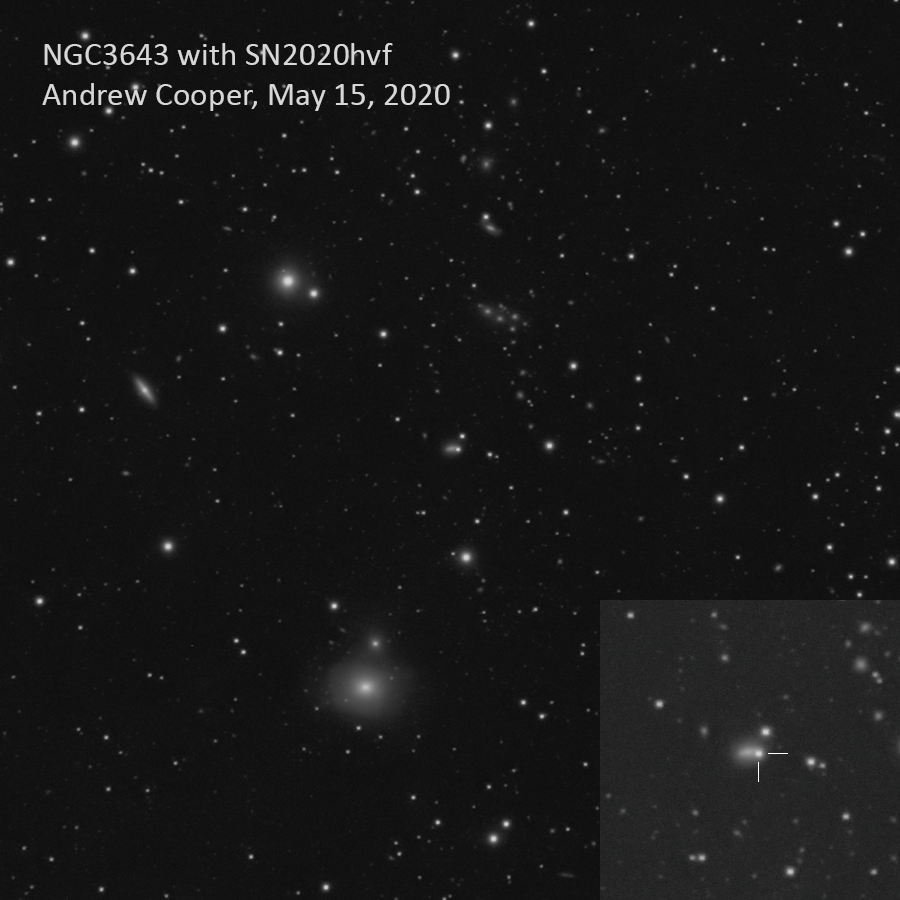
Markarians’s Chain
Shot photos from the driveway again last night. Several hours shooing at the heart of the Virgo cluster and Markarian’s Chain.
I was shooting color data, but clouds rolled through the field before I got any blue data. Will have to shoot again another evening. In the meantime I put together a monochrome version.
The two big elliptical galaxies towards the lower right are M84 and M86. In the center is an interacting spiral galaxy NGC4438, notably distorted through interaction with NGC4435 seen right above it. The big elliptical at lower left is M87.
Do not try to count the number of galaxies here, zoom in and dozens upon dozens become visible.
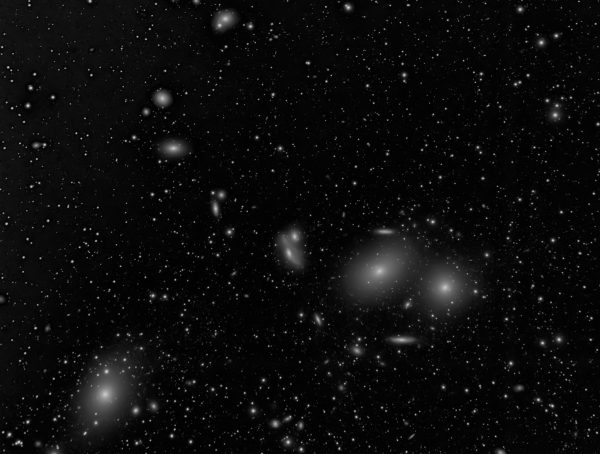
A Full Night at Kaʻohe
A last star party of the year, actually the last star party of the decade.
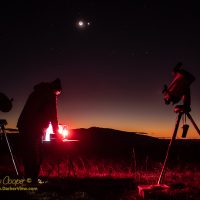
With new Moon in the middle of Christmas week I had the choice of the weekend before Christmas, or the weekend after. Guessing that attendance would be better in the quiet days between holidays I chose December 28th as our monthly new Moon star party.
The site was, as usual our Ka’ohe observing site on the side of Mauna Kea. The weather was nearly ideal, clear, not very cold, and almost no wind at the site.
Arriving at the site to find beautiful, clear skies we marveled at the sunset scene. A brilliant Venus and three day old crescent Moon hung above the fading sunset and Hualālai.
Continue reading “A Full Night at Kaʻohe”A First Attempt
Just getting back into astrophotography after quite a few years of observing visually. A new camera, updated software, it seems like I am learning all over again.
For a first run I processed a monochrome image of M31, the Andromeda Galaxy. A quick run of fourteen luminance frames, 8 at 5 minutes, 6 at 60 seconds combined into a single frame.
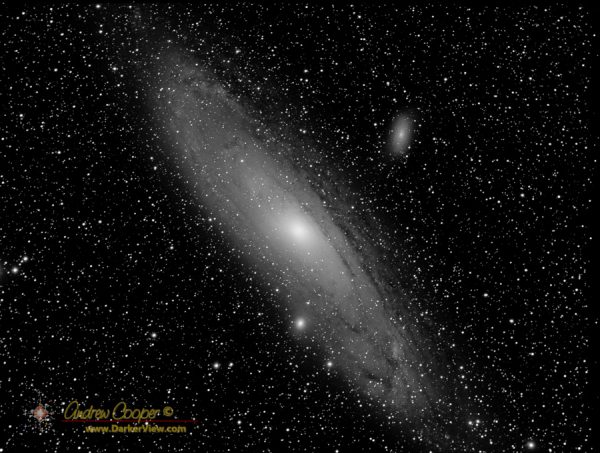
I have color data for this image, but that will be a lot more processing. Given all of the various filters and calibration frames I really need to get the automated batch processing running before I do much color work.
Astronomers Shed Light on Formation of Black Holes and Galaxies
W. M. Keck Observatory press release…
Stars forming in galaxies appear to be influenced by the supermassive black hole at the center of the galaxy, but the mechanism of how that happens has not been clear to astronomers until now.
“Supermassive black holes are captivating,” says lead author Shelley Wright, a University of California San Diego Professor of Physics. “Understanding why and how galaxies are affected by their supermassive black holes is an outstanding puzzle in their formation.”
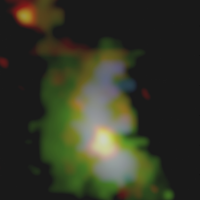
“We study supermassive black holes in the very early universe when they are actively growing by accreting massive amounts of gaseous material,” says Wright. “While black holes themselves do not emit light, the gaseous material they chew on is heated to extreme temperatures, making them the most luminous objects in the universe.”
Continue reading “Astronomers Shed Light on Formation of Black Holes and Galaxies”
IRTF Sky
Primordial Galaxy Discovered, First of Its Kind

Seven years of meticulous observing have resulted in a cosmic discovery that comes from an era dating back 13.1 billion years, giving scientists a detailed glimpse of what may have happened just after the Big Bang.
Using the world-class W. M. Keck Observatory on Maunakea, Hawaii, an international team of astronomers from the United States, Australia, and Europe has confirmed the existence of one of the most distant galaxies in the universe.
To characterize the faint galaxy, the discovery team, led by Austin Hoag, a University of California, Davis physics graduate student, used MOSFIRE, the most in-demand instrument on the 10-meter Keck I telescope.
What makes this galaxy extraordinary is that it is ordinary. It is thought to be a common galaxy at that distance and age of the universe. However, such galaxies would normally be too faint to detect. The astronomers used a method called gravitational lensing to magnify the galaxy so they could study it.
“Most objects that we’ve seen at that distance are extremely bright, and probably rare compared to other galaxies,” said Hoag. “We think this galaxy is much more representative of other galaxies of its time.”
Continue reading “Primordial Galaxy Discovered, First of Its Kind”
Ancient Dead Galaxy Sets New Record
W. M. Keck Observatory press release…
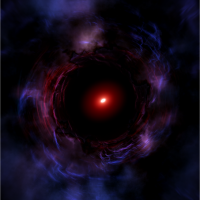
This research publishes today in the journal Nature, with Professor Karl Glazebrook, director of Swinburne’s Centre for Astrophysics and Supercomputing , as the lead author. To characterize the faint galaxy, the discovery team used MOSFIRE, the most in-demand instrument on the 10-meter Keck I telescope.
“This observation was only possible due to the extreme sensitivity of the new MOSFIRE spectrograph,” said Glazebrook. “It is the absolute best in the world for faint near-IR spectra by a wide margin. Our team is indebted to the accomplishment of Chuck Steidel, Ian McClean, and all the Keck Observatory staff for building and delivering this remarkable instrument.”
Astronomers expect most galaxies from this epoch to be low-mass minnows, busily forming stars. However, this galaxy is ‘a monster’ and inactive.

